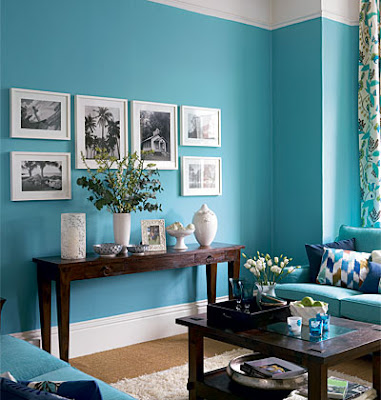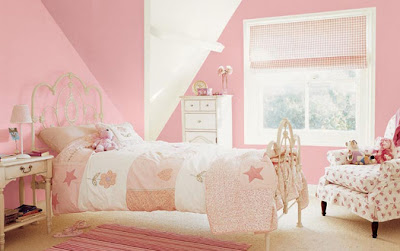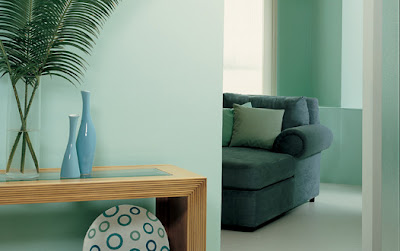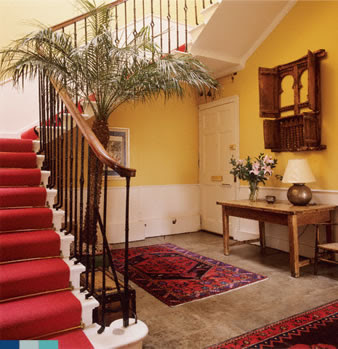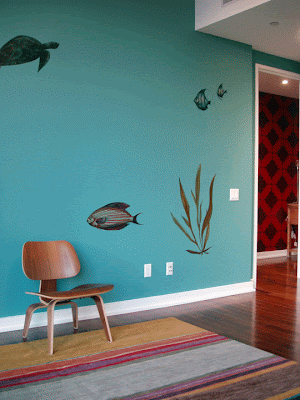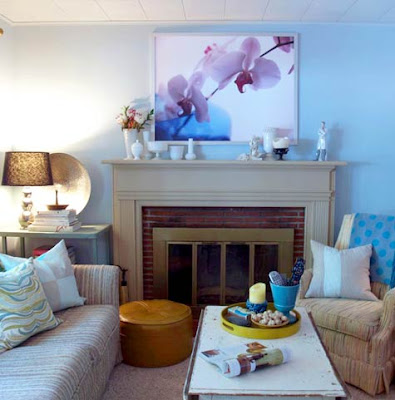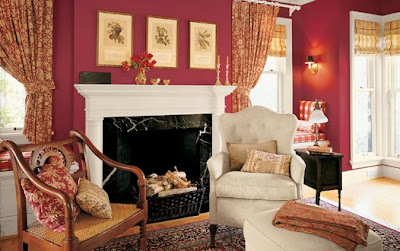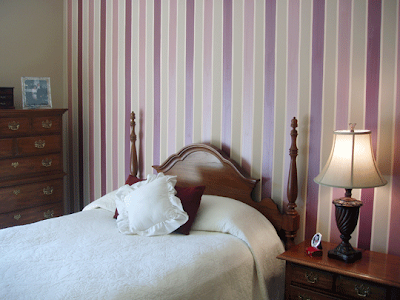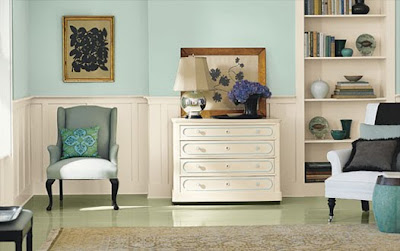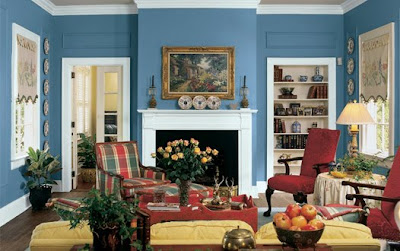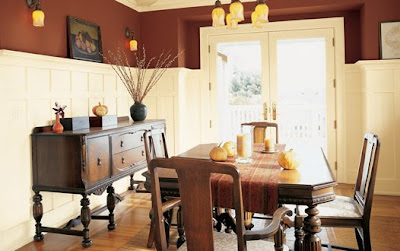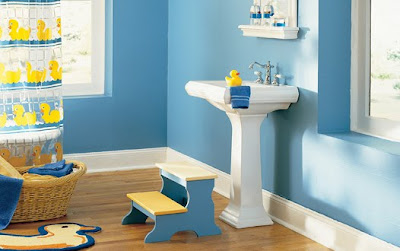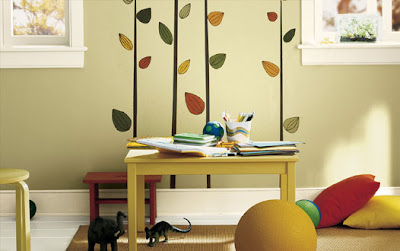[photo by Nic Lehoux]
When I think of a national park visitor center the one overlooking Mount Rushmore, as portrayed in Alfred Hitchcock's North By Northwest, comes to mind, mainly because I've never been to a national park appointed with such a building. I'm not sure if the cafeteria in the visitor center in the film is modeled on the real thing, but a few things come across in the film set: a spacious interior, a modern/rustic aesthetic, and expansive views of Mount Rushmore. The Grand Teton Visitor Center has all these qualities, though its view is much less focused than the North Dakota landmark.
[photo by Nic Lehoux]
The main parti of the design is a U-shape that creates an intimate outdoor space and opens up a large perimeter of windows to the mountain views to the north. Services and other ancillary spaces are located on the east and west (an auditorium addition is planned for the west side), leaving the central spaces open with generous light from the south-facing courtyard. [floor plan]
[sketch and plan by Bohlin Cywinski Jackson]
Further, the sloping section means the north-facing glazing is taller than the exterior walls facing the courtyard. This may seem at odds with the particularly cold Wyoming winters, but it serves more of a symbolic than a practical purpose: the slope and expanse of glass open up the building towards the mountains while the serrated plan echoes their rugged topography.
[photo by Nic Lehoux | sketch by Bohlin Cywinski Jackson]
In terms of appearances, the building brings to mind the phrase "extreme vernacular," in the sense of "to the extreme!" The Visitor Center recalls traditional wood buildings -- mostly in the courtyard and solid east-west ends -- but it departs sharply from the vernacular by combining the sloping roofs with a highly irregular plan and large expanses of glass.
[photos by Nic Lehoux]
Even the tree-trunk columns and beams depart from any traditional role in the selective use of them: they are not continuous, only used in an upside-down U-formation when needed at varying angles that echo the exterior wall but do not follow them precisely.
[photo by Nic Lehoux]
This last photograph clearly illustrates the expansive views captured with the 30-foot (9-meter) high glass walls. In this large space the Discovery displays get a little lost; I can see people quickly gravitating to the glass walls and benches past them. Remembering North by Northwest, I can see a lovely cafeteria in this space.

